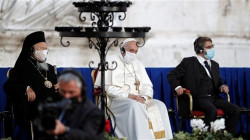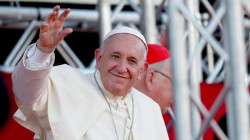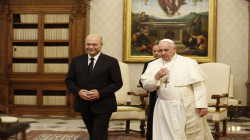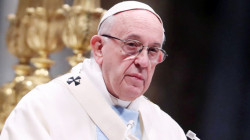Analysis: In Iraq, Pope Can Deepen Ties With Church’s Natural Islamic Partners
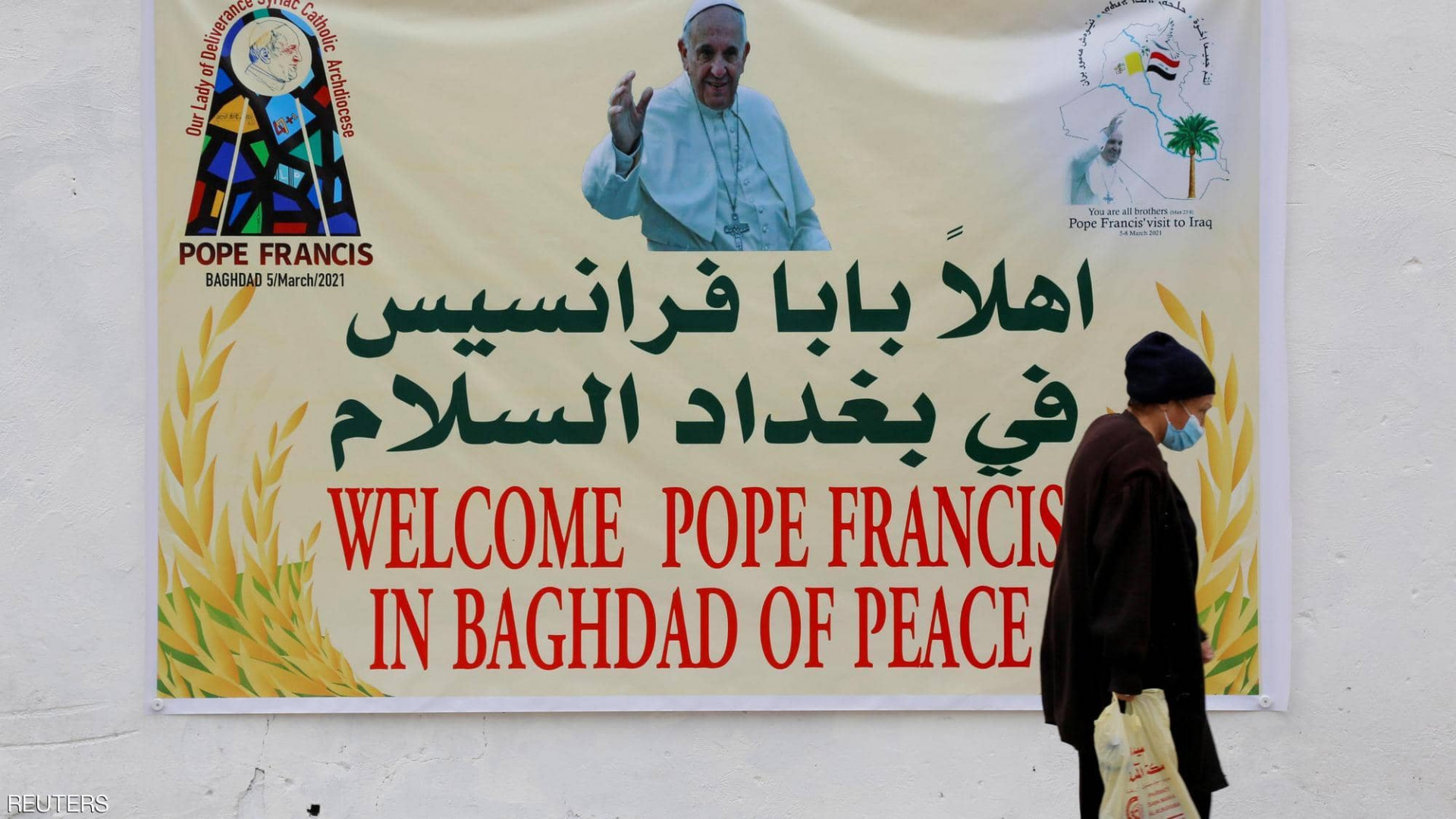
Shafaq News/ Tomorrow Pope Francis leaves for Iraq, and in most of the Christian world it’ll be seen as a trip to honor the memory of a martyred Christian population that suffered unimaginable horrors under an ISIS occupation of the Nineveh Plains region of the country between 2014 and 2017.
For Muslims, however, it’ll be seen more a gesture of outreach to the Shi’a branch of Islam, especially on March 6 when the pontiff is scheduled to travel to Najaf to meet Grand Ayatollah Ali al-Sistani, widely considered the most authoritative leader for Shi’ite Muslims. The Shi’ites represent somewhere between 10 to 15 percent of the Islamic world, roughly 200 million believers, concentrated in the Persian Gulf region of the Middle East.
Most importantly, Shi’ites dominate Iran, a country that’s absolutely decisive for global security and the future of the Middle East, and they’re a majority in Iraq, the country the pontiff is visiting this weekend.
Over the centuries, Sunni Muslims have charged that Shi’a is heretical for a variety of reasons: That its emphasis on Ali, the son-in-law of Muhammad, turns him into a God, denying the uniqueness of Allah; that the Shi’a doctrine of the infallibility of the Twelve Imams turns them into rivals of Muhammad; that the Shi’ites have “added to the Qu’ran,” forging “hadith” to justify their doctrines; that Shi’ite holy days and pilgrimages corrupt the purity of the faith; that the Shiites practice “dissimulation,” meaning strategically hiding their faith in order to escape persecution, and hence cannot be trusted (a charge, some historians of religions have noted, not entirely unlike polemics directed over the years at Jesuits); and that the Shi’ites are morally suspect because they permit temporary marriages.
Shi’a Islam also is usually viewed with alarm in the West, due largely to memories of the Iranian Revolution coupled with the anti-Semitic and anti-Western screeds of former Iranian President Mahmoud Ahmadinejad. Yet the Shi’a spectrum also includes figures such as Grand Ayatollah Ali al-Sistani of Iraq, nominated by Iraqi Christians in 2005 for the Nobel Peace Prize.
News reports indicate that al-Sistani is not planning to sign the Holy Father’s Document on Human Fraternity, which he issued jointly with the Grand Imam of al-Azhar, the most authoritative institution in the Sunni Muslim world, during a trip the United Araba Emirates in February 2019. Yet whatever happens on that front, one could make a very compelling argument that Shi’a Muslims are the most natural conversation partners for Catholics in the Islamic world, and that the Vatican is in a unique position to engage majority Shi’a nations.
Over the years, Catholic-Muslim relations have tended to focus on Sunnis. Yet in some ways it’s an odd match; with their low-church view of clergy, Congregationalist models of community life, and “sola scriptura” approach to the Qur’an, Sunnis often resemble Calvinists more than Catholics.
On the other hand, Iranian author Vali Nasr in his 2006 book “The Shia Revival” ticks off an impressive string of parallels between Shi’a and Catholicism.
• A strong emphasis on clerical authority.
• An approach to the Qur’an accenting both scripture and tradition.
• A deep mystical streak.
• Devotion to a holy family (in the case of Shi’ites, the blood relatives of Muhammad).
• Devotion to saints (the Twelve Imams).
• A theology of sacrifice and atonement through the death of Hussein, the son of Muhammad’s cousin Ali, who was martyred in Karbala, Iraq, in 680.
• Belief in free will (as opposed to the Sunni doctrine of predestination).
• Holy days.
• Healing shrines.
• Intercessory prayer.
• Strongly emotional forms of popular devotion, especially the festival of Ashoura commemorating Hussein’s death.
Nasr compares a Shi’ite pilgrim in Karbala to a Catholic at the shrine of Our Lady of Guadalupe in Mexico. He also writes that the mosque of Jamkaran on the outskirts of the holy city of Qom in Iran, where Shi’ites believe the legendary Twelfth Imam once appeared, plays a role similar to Fatima in Catholicism.
Another Iranian author, Reza Aslan, says that rational interpretation of Islamic law by Shi’ite clergy potentially creates a flexibility sometimes lacking in Sunni Islam, which is shackled to a more literal reading of the Qur’an. Aslan believes Shi’a-influenced societies may be more amenable to experimentation with democracy, human rights and pluralism, provided they’re grounded in religious reasoning — as, for example, in Catholic social theory.
In October 2005, Benedictine Father Mark Serna, a veteran of Catholic/Shi’ite exchange, wrote: “In distinction to Muslims in the Sunni tradition, Shi’ite Muslims are very natural dialogue partners with Roman Catholics and monastics. There are many areas of mutuality: a profound contemplative and mystical tradition; veneration of saints, especially of Mary, the Mother of Jesus; notions of infallibility and authority; high emphasis on rational inquiry into matters of faith; belief and praxis; and philosophical and theological study.”
All this creates fertile ground for Catholic-Shi’a exchange. Catholicism also has a presence in Shi’a societies that predates the rise of either Islam or the West; Maronite Catholics in Lebanon, for example, Chaldean Catholics in Iraq, as well as Armenian and Chaldean Catholics in Iran. These Catholics speak the languages and know the cultures.
Source: thetablet.org
Of course, nothing any pope ever does, or doesn’t do, will be the fundamental force in deciding the future course of Islam, which is a decision that Muslims — Sunnis and Shiites alike — must decide for themselves.
Still, history seems to have created a special opportunity for Catholicism to forge ties with the Shi’a tradition, and this weekend gives Pope Francis an historically unparalleled opportunity to exploit those possibilities.
